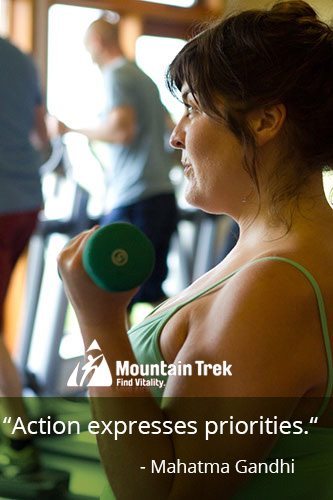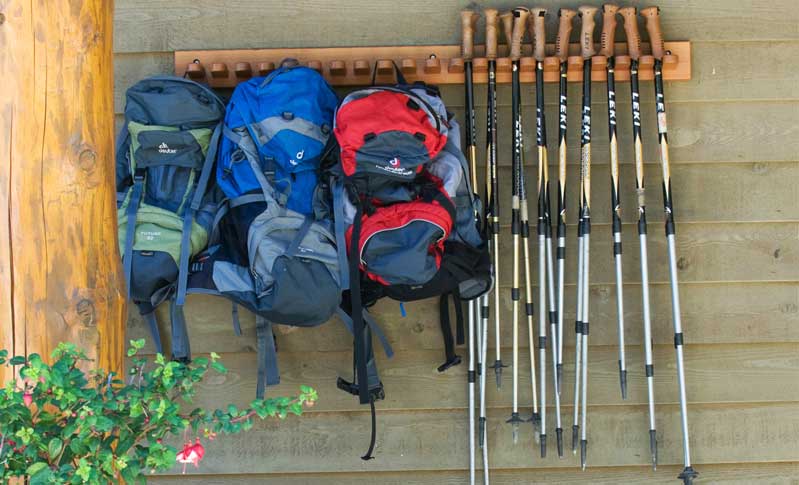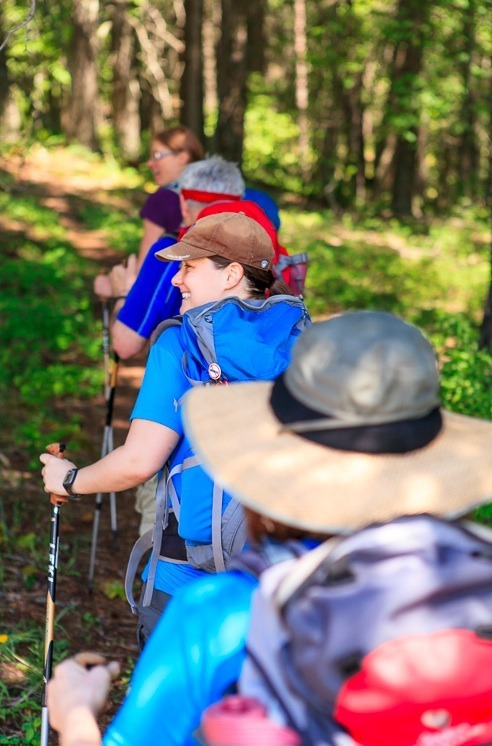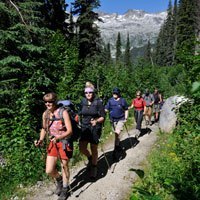Hiking Tips & Techniques For Fitness
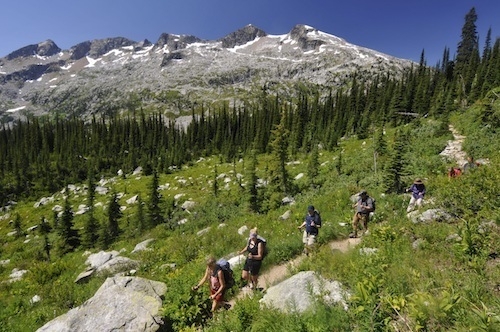 Here are a few hiking techniques to practice in your new light hiking boots or trail runners…if you wish to prepare before joining us!
Here are a few hiking techniques to practice in your new light hiking boots or trail runners…if you wish to prepare before joining us!
How to walk in the Woods at our hiking spa
It is said that ‘the journey of a thousand miles begins with a single step’, but what if that step is a steep muddy trail or crossing a moss covered log fording a melt water creek? Hiking in the woods is not always as simple as it sounds. Sure, if you want to lace up the sneakers and hike around Central Park it may be that simple, but to truly define and refine hiking you need to start with your footwork. Proper walking techniques while on the trail can increase endurance, reduce fatigue, and lessen the chance of injury which over all will make that thousand miles quite a bit easier. When we walk on the sidewalks of our hometowns we generally travel over even concrete, reasonably graded hills, uniform staircases and level walkways; all clear of dirt, sand and mud. On the trail none of these ideals exist, so we need to change the way we approach trails and use our minds as well as our feet.
Hiking Tips
Steep uphill:
The biggest mistake people make when climbing the hills is to get up on their toes. Keep your heels down, this will stretch out your calf muscles and Achilles tendons, reducing cramping and strains and it will keep all or most of your boots soles on the ground where they belong and more sole = more traction. Slow your pace by shortening your steps, don’t try to race up the hill, you’ll just tire quicker. Think of it as dropping your car into low gear, more power to climb, for the steepest hills you almost want to walk heel to toe.
Steep downhill:
As with uphill, shorten your stride, slow the pace. Bend your knees slightly to lower your center of gravity downward but not back. Too much leaning back will see your feet sliding out because your weight will be behind you, not over your boots where it should be. Done correctly you’ll find the quadriceps or upper leg muscles taking the brunt of the load, big muscles = a stable balanced descent. Sometimes it seems turning your feet at an angle to the trail will help but this will only increase your chances of rolling over on your ankle. Keep your toes pointed down for the best grip and stability. Most hiking boots are designed to have dirt and mud build up behind ridges on the soles and thus work best pointing straight ahead.
Off-angle or Traverses:
Often a trail paralleling a slope or ridgeline will angle down on one side. Usually leaning the upper body a little more over the uphill foot can help but for some awkward sections it may be easier to turn the feet sideways so the toes point down the off angle and then sidestep the trail for a short distance. This extreme is rare and only for serious odd angles, washouts or more often foot bridges and boardwalks that may have settled on one side.
Rocky (uneven) Trail/ Crossings:
When rocks and tree roots stick up out of the trail it is once again time to slow down. A little more care and focus will see you through. Keep eyes focused a few feet ahead of you and look through or past obstacles, looking at them will usually promote walking into them. The same can be said for log and bridge crossings, focus on the log a few feet ahead and walk with an even pace, don’t look down into the water as it can cause disorientation. Lastly, cross one at a time, two or more people on a log can cause it to bounce or sway.



